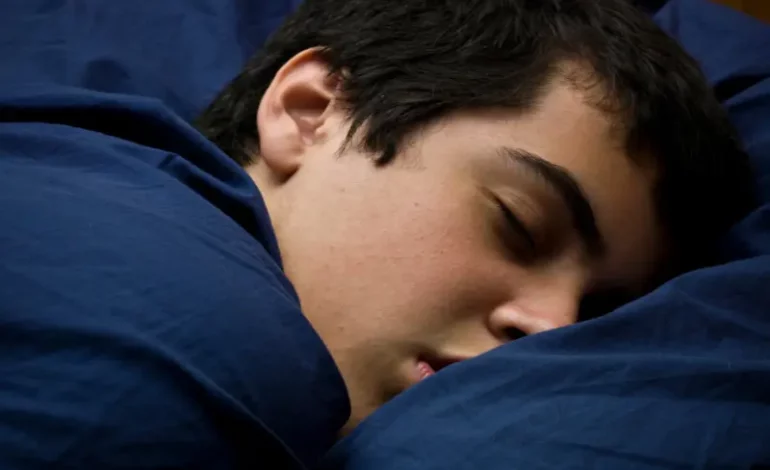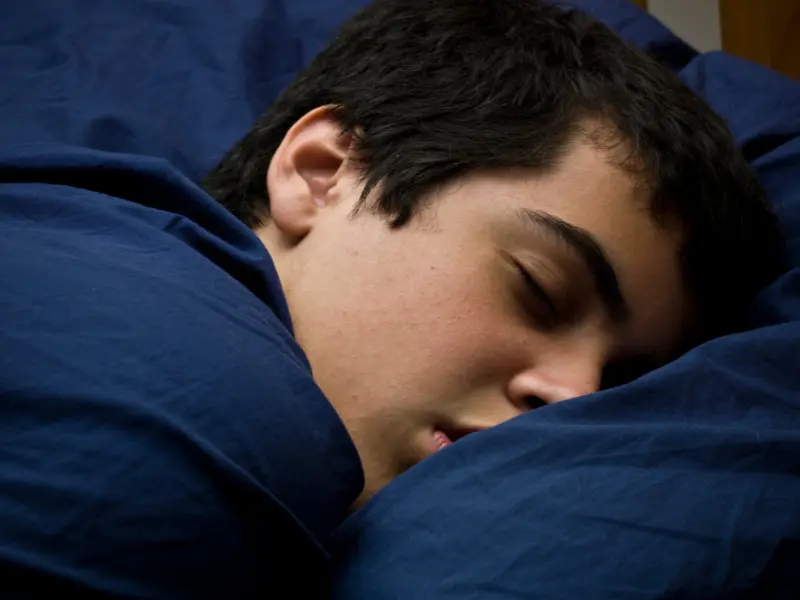Sleep Strategies for Teens: Helping Adolescents Rest Well

As teenagers navigate the whirlwind of high school, social dynamics, and budding independence, sleep often takes a backseat. Late-night study sessions, weekend hangouts, and endless scrolling on social media can lead to restless nights and groggy mornings. The importance of quality sleep during these formative years cannot be overstated. It’s not just about feeling rested; it’s crucial for cognitive development, emotional regulation, and overall health.
So how can we help teens catch those elusive Z’s? Understanding their unique sleep challenges is the first step in fostering better habits that encourage restorative rest. Let’s dive into some effective strategies tailored specifically for adolescents to ensure they wake up refreshed and ready to tackle each day with vigor!
Common Sleep Issues Faced by Teenagers
Teenagers face a variety of sleep issues, making restful nights a challenge. One common problem is irregular sleep patterns. With early school start times and late-night activities, their internal clocks often become misaligned.
Another prevalent issue is sleep deprivation. Many adolescents prioritize homework or socializing over adequate rest, leading to chronic fatigue that affects concentration and mood.
Nighttime anxiety can also wreak havoc on teen slumber. Worries about grades, relationships, or future plans frequently invade their minds as they try to drift off.
Additionally, physical changes during puberty can contribute to disrupted sleep cycles. Hormonal fluctuations may lead to difficulty falling asleep or staying asleep through the night.
These challenges create a cycle of exhaustion that impacts daily life, highlighting the need for effective strategies to promote better sleeping habits among teens.
The Role of Technology in Disrupting Teen Sleep
Technology is a double-edged sword for today’s teens. While it connects them with friends and information, it also plays a significant role in disrupting their sleep patterns.
Many teenagers are glued to their screens late into the night. Social media notifications, video games, and streaming services can easily lead to bedtime procrastination. The blue light emitted by devices interferes with melatonin production, making it harder to fall asleep.
The addictive nature of these technologies compounds the problem. Teens often feel compelled to check their devices repeatedly, even when they know they should be winding down for bed.
Establishing boundaries around screen time is crucial. Encouraging tech-free hours before sleep can help teens transition more smoothly into rest mode. Promoting healthier habits around technology use will benefit both mental health and overall well-being in the long run.
Tips for Establishing a Healthy Sleep Routine
Creating a healthy sleep routine is essential for teens. Start by setting consistent bedtimes and wake-up times, even on weekends. This helps regulate the body’s internal clock.
Encourage winding down an hour before sleep. Activities like reading or listening to calming music can signal that it’s time to relax. Dimming lights also promotes better melatonin production.
Limit heavy meals, caffeine, and sugar in the evening. These can disrupt sleep patterns and make it harder to settle down at night.
Incorporate physical activity into daily routines but avoid vigorous exercise right before bedtime. Gentle stretching or yoga can be beneficial as part of the wind-down process.
Keep screens away during this crucial hour. The blue light emitted by devices interferes with natural sleep signals, making it harder for teens to fall asleep peacefully at night.
Creating a Relaxing Bedroom Environment
A calming bedroom can make all the difference for a teenager’s sleep quality. Start by decluttering the space. A tidy room promotes tranquility and reduces distractions.
Next, consider lighting. Soft, warm lights can create an inviting atmosphere. Encourage the use of dimmers or bedside lamps instead of harsh overhead fluorescents.
Bedding also plays a crucial role in comfort. Choose breathable fabrics that are cool to the touch, like cotton or linen. Cozy blankets and supportive pillows help create that perfect nest for relaxation.
Incorporate personal touches too, such as favorite artwork or family photos. These familiar sights offer emotional comfort and security.
Encourage teens to keep their devices out of reach at night. This simple act fosters better sleep hygiene by minimizing interruptions from notifications or scrolling before bed.
Addressing Stress and Anxiety in Relation to Teen Sleep
Stress and anxiety are common companions for many teenagers, often creeping in like unwelcome guests at bedtime. The pressure to excel academically, navigate social dynamics, and plan for the future can weigh heavily on young minds.
Encouraging teens to express their feelings is crucial. Open conversations about stressors create a safe space for them to share worries without judgment. Sometimes just talking it out can alleviate some of that mental load.
Mindfulness techniques such as meditation or deep breathing exercises can also be beneficial. These practices help calm racing thoughts and prepare the mind for sleep.
Physical activity plays a role too; regular exercise not only reduces anxiety but also promotes better rest. Finding an enjoyable outlet—whether it’s sports, dance, or even walking—can make a significant difference in how well they wind down at night.
Creating routines that incorporate relaxation before bed helps signal to the body that it’s time to unwind. Simple activities like reading or listening to soothing music can ease tension effectively.
Encouraging Communication and Seeking Professional Help
Open dialogue is essential for teenagers struggling with sleep. Encourage them to express their feelings and experiences. Listening without judgment fosters trust.
Parents can play a pivotal role by checking in regularly. Simple questions about their day or how they feel can make a difference. This creates an atmosphere where teens feel safe sharing challenges.
When sleep issues persist, consider seeking professional help. Therapists and counselors specializing in adolescent health are equipped to address underlying concerns that may contribute to insomnia, such as anxiety or depression.
Support groups also provide valuable resources. Hearing from peers facing similar struggles can be comforting and empowering for teens navigating their own sleep challenges.
Encouraging proactive conversations around mental health helps destigmatize seeking help, making it easier for adolescents to prioritize their well-being without shame or fear.
Prioritizing Teen Sleep for Overall Wellbeing
Sleep is a vital component of overall health and wellbeing, especially for teenagers. Adequate rest enhances cognitive function, emotional regulation, and physical growth. By prioritizing sleep, teens can improve their academic performance and manage daily stressors more effectively.
To create a culture that values sleep within families or schools can make a significant difference. Encouraging open discussions about the importance of restful nights helps reduce stigma around needing extra shut-eye.
It’s essential to recognize that each teen may have unique challenges when it comes to sleep. Whether it’s managing technology use or addressing deeper issues like anxiety, tailored strategies will help foster better habits.
Supporting adolescents in their quest for quality sleep is not just about improving grades; it’s about nurturing healthy individuals who are equipped to navigate life’s complexities with resilience and vitality. Prioritizing this aspect of life lays the foundation for lifelong wellness and success.
return_links(2); ?>








